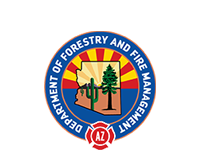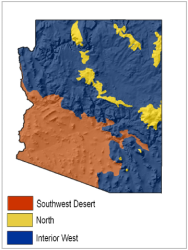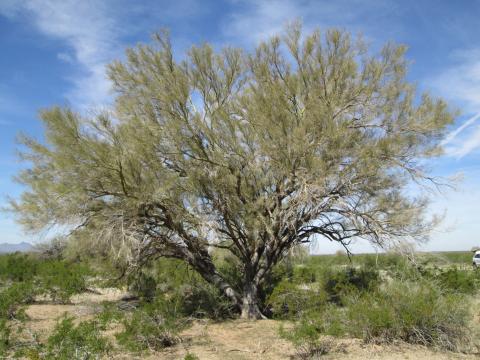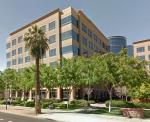Urban Forest Resource Inventories
The Arizona Urban Tree Map (AZUTM) is part of the Urban Forest Resource Inventories (UFRI), a joint project of the Arizona State Forestry and USDA Forest Service.
The main goals of the project are to:
- compile existing urban forest inventory and resource information from communities, towns, and rural areas statewide;
- develop and implement a pilot project for gathering data in multiple Arizona communities; and
- develop and implement protocols and opportunities for community engagement and long-term urban forest sustainability.
The project goal is to develop an accessible tool that compiles statewide urban forest inventory information, including summary reports of the combined economic and environmental value of Arizona's urban forests. A baseline knowledge of Arizona's urban forests will enable Arizona State Forestry to identify where data and resource gaps exist, develop long-range goals for urban forests, compile statewide canopy cover information, and to provide regular and updated information for multiple needs.
Arizona Urban Tree Map Analysis Service
See AZUTM Tree Inventory Instruction Guide for detailed information.
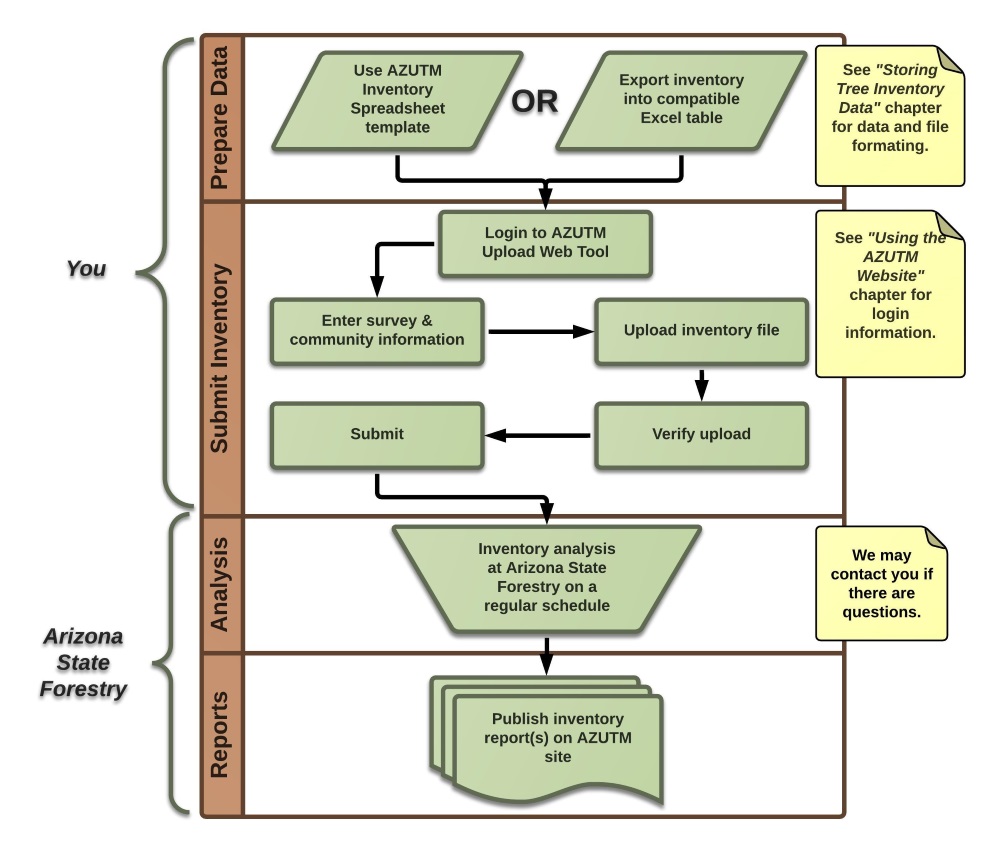
Contributors
Arizona State Forestry:
Chris Erickson, Wolfgang Grunberg, John Richardson, Alix Rogstad
University of Arizona:
Cori Dolan, Randy Gimblett, Susan Kaplan, Tanya Quist, Matt Rahr, Mickey Reed, Alan Shoults, Craig Wissler
AZUTM Pilot Communities
- Arizona State Parks - Oracle State Park
- Town of Bisbee
- City of Mesa
- Town of Pinetop - Lakeside
- Lake Havasu City
- Town of Prescott Valley
- University of Arizona Campus Arboretum
Funding
Major Funding Provided By: USDA Forest Service
Contact
Email:
Office: (602) 771-1400
Disclaimer of Non-endorsement
Reference herein to any specific commercial products, process, or service by trade name, trademark, manufacturer, or otherwise, does not necessarily constitute or imply its endorsement, recommendation, or favoring by the USDA Forest Service. The views and opinions of individuals expressed herein do not necessarily state or reflect those of the USDA Forest Service, and shall not be used for advertising or product-endorsement purposes.
In accordance with Federal law and U.S. Department of Agriculture policy, this institution is prohibited from discriminating on the basis of race, color, national origin, sex, age, or disability. (Not all prohibited bases apply to all programs.)

